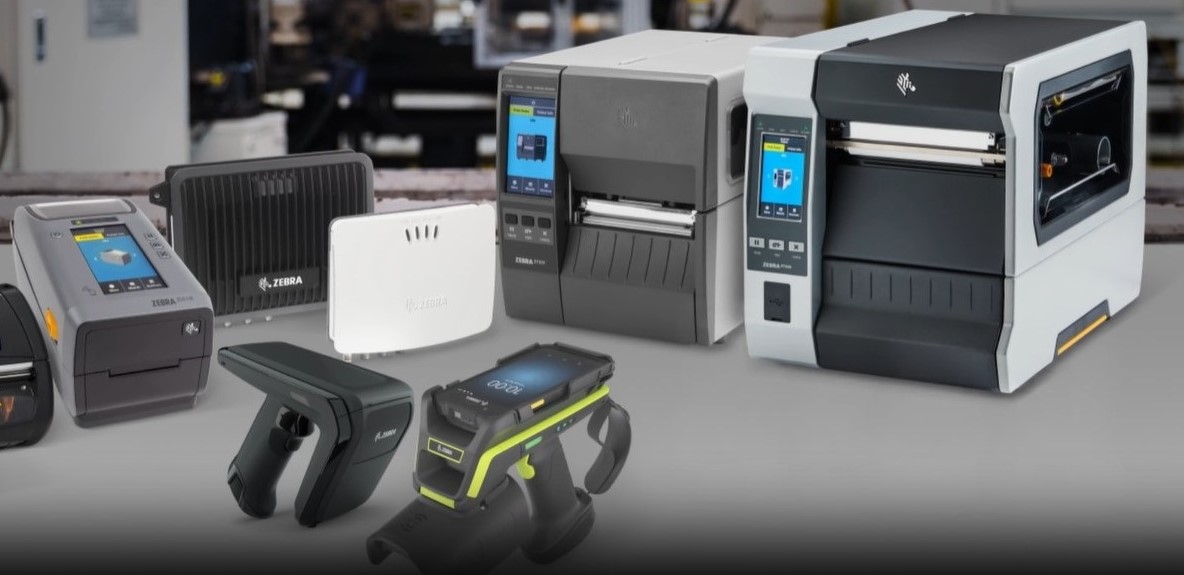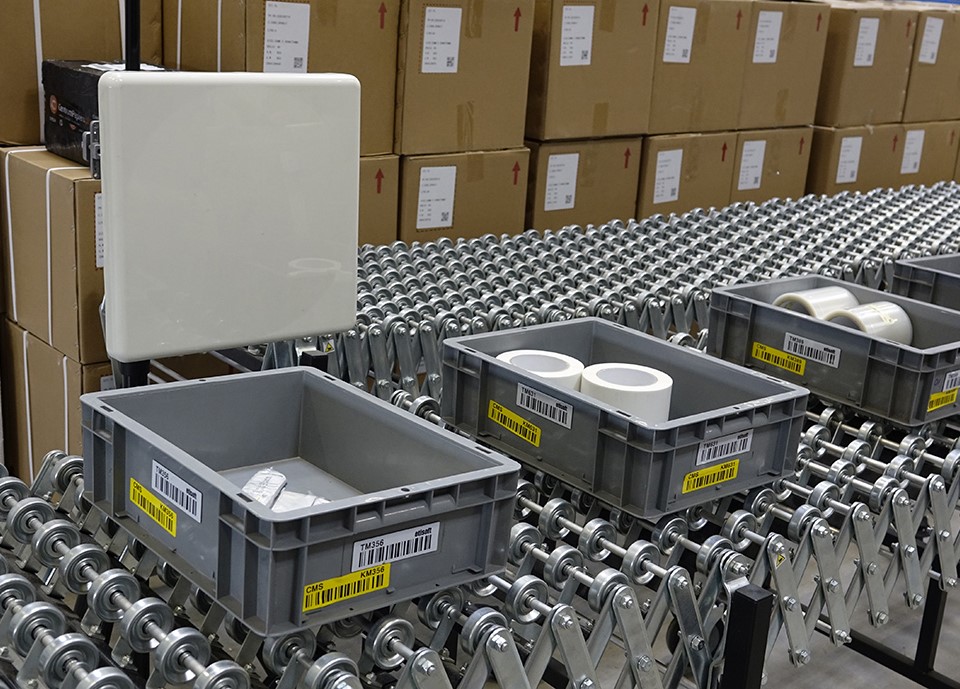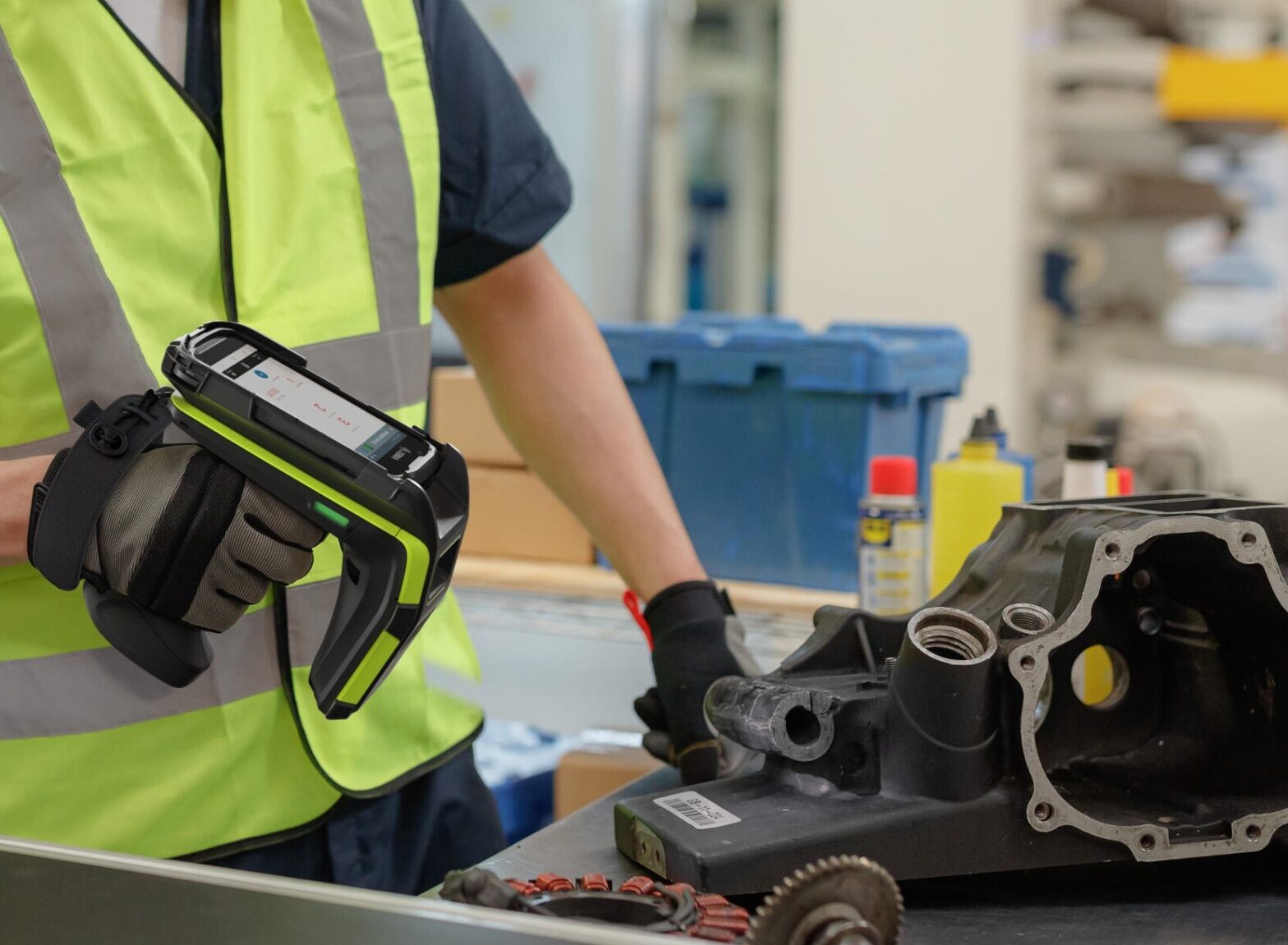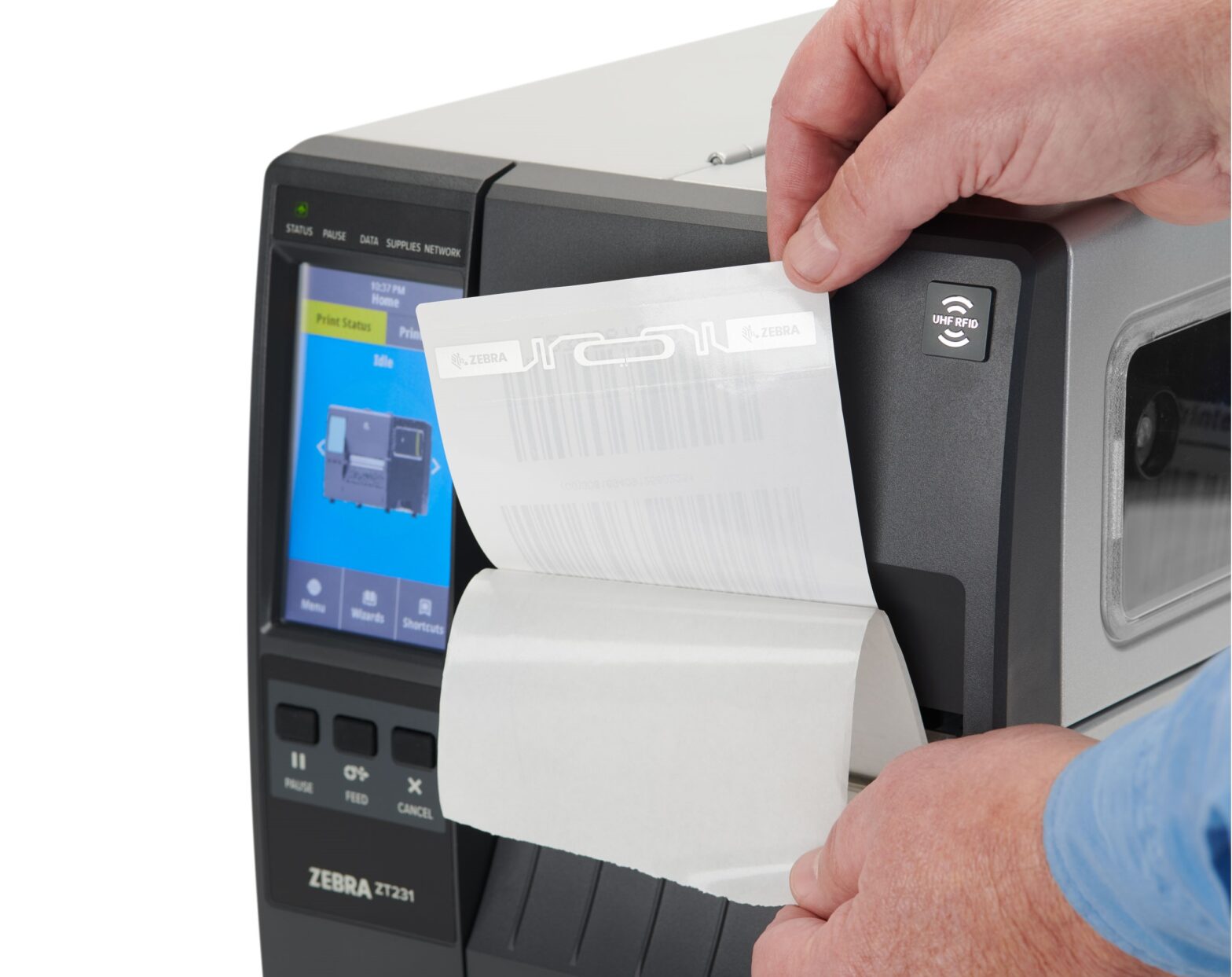RFID readers
RFID readers are devices that read the data stored in RFID tags and then transmit it to a computer system. When connected to antennas, RFID readers communicate with RFID tags via RF signals, making rapid and contactless identification possible. Selecting the right RFID reader depends on several parameters, including operating (...)





